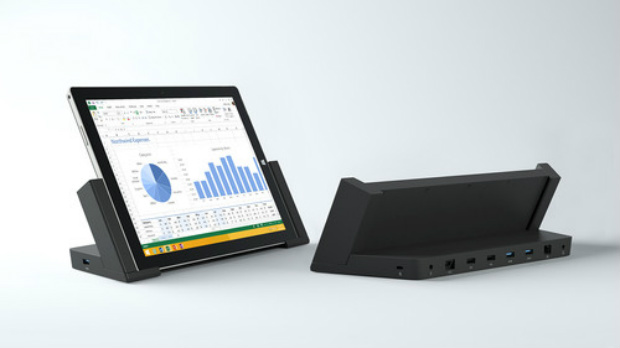 As pre-orders begin for Microsoft’s Surface Pro 3 its worth trawling through to social media din to see who is excited, how much baseless invective is being hurled around and who is tweeting about it because their jobs depend on it. So far, the enthusiasm is coming from Microsoft staffers, PRs, journalists and bloggers before sinking into bland launch date reminders. When no one can be bothered ripping your product to shreds in an unregulated forum, you’ve got problems.
As pre-orders begin for Microsoft’s Surface Pro 3 its worth trawling through to social media din to see who is excited, how much baseless invective is being hurled around and who is tweeting about it because their jobs depend on it. So far, the enthusiasm is coming from Microsoft staffers, PRs, journalists and bloggers before sinking into bland launch date reminders. When no one can be bothered ripping your product to shreds in an unregulated forum, you’ve got problems.
It’s not just consumer apathy Microsoft has to deal with. The Surface has been dogged by problems since its launch in 2012 from excess inventory of the first generation RT forcing a write-down of $900 million to having an 8″ model pulled on the day of its preview.
A report in Computerworld this week showed just how costly a hole Microsoft has dug for itself. In the quarter ending 30 June, according to filings with the US Securities and Exchange Commission on 22 July, the Surface brought in revenue of $409 million. Unlike previous quarter, the cost of revenue was not reported but Computerworld estimates it to be in the region of $772 million – a net loss of $363 million. If accurate, this would make it the least successful quarter yet for the tablet/ultramobile PC. The same report puts total Surface losses at $2 billion. After two failed generations of the RT and Pro lines, the Pro 3 has no option but to be the device to reverse the trend or CEO Satya Nadella will have to be as ruthless in killing products as he is at cutting jobs.
This may be no bad thing. From its preview by former CEO Steve Ballmer the Surface has suffered from a crisis of identity. Originally pitched to ‘consumers and creators of content’ and as an exemplar for Windows 8, from day one it has had to survive slow Windows 8 uptake, a declining PC market and a vibrant tablet space based on mobile apps.
Can we blame everything on Windows 8? It’s eaily done. According to research firm Netmarketshare as covered by The Register Windows 8 and 8.1 have a combined market share of 12.48%. First and second places went to Windows 7 and Windows XP on 51.22% and 24.82% respectively. When graphed, the report showed a trend of Windows XP wastage benefiting Windows 7 not the more recent releases. Windows 8 hasn’t helped but it isn’t exclusively to blame.
What use?
The second reason the Surface hasn’t performed is the usage model. One of the great things about Steve Jobs’ first iPad announcement in 2010 was the moment he sat down in a comfortable armchair and showed the audience exactly what is was: a simple, casual device for consuming content with a screen comfortable enough to read from.
Compare this with the Pro 3’s announcement where the message switched from content creation and consumption to productivity and mobility, recognising its competition is not in tablets but laptops. Fine. Unfortunately the abiding image from that presentation was of corporate vice president for Surface Computing Panos Panay balancing the new keyoard and kickstand on his knees, trying to convince an audience of mainly Macbook users of his product’s improved stability. When the best you can come up with is ‘it’s almost as stable as a laptop’ you’re not going to make any converts.
This isn’t a hatchet job. I like my first generation Surface. It performs admirably as a full-featured PC – flaky touch screen and heat issues aside. The only fault I have with it is the lack of peripherals – if only Logitech could do for the Surface what it did for the iPad.
The Surface Pro 3 won’t succeed where previous generations have failed. By refining what didn’t catch on the first two times it will win respect but not many new admirers. If this is to be the last Surface at least it will be remembered for being the best it could have been – if only people actually needed it.








Subscribers 0
Fans 0
Followers 0
Followers